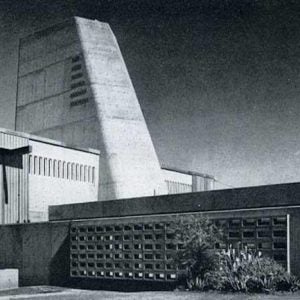The recent earthquake in Japan, measuring 7.2 on the Richter scale, caused radioactive water to leak from the cooling ponds at three reactors in Fukushima prefecture.
Water in the spent nuclear fuel cooling ponds was violently shaken by the quake, entering air ducts about 10cm above the normal surface of the water. A total of 24.5 litres of water subsequently leaked onto the floors of the reactor buildings from joints in the ducts, although the radioactivity was low and the materials did not affect the external environment. The leaks took place at units 2 and 6 at Fukushima I and unit 4 at Fukushima II.
In addition, the earthquake caused three reactors at Tohoku Electric’s Onagawa plant to scram automatically. The maximum magnitude of the quake was measured at 251.2 gals on the second floor basement of unit 2, which exceeds the design basis of 250 gals. The reactors are designed to scram if the quake exceeds 200 gals horizontally, or 100 gals vertically. All three Onagawa reactors exceeded this limit.
While the Nuclear Industrial and Safety Agency said this may be the first time the earthquake design basis for a nuclear reactor has been exceeded in Japan, Tohoku Electric immediately dismissed the significance of this, saying the reactors can withstand a quake of 375 gals.
Operations at the three Onagawa reactors will be suspended while the effects of the earthquake are assessed.
Related ArticlesEnel to complete Mochovce Areva-Siemens to supply I&C systems for Mochovce






